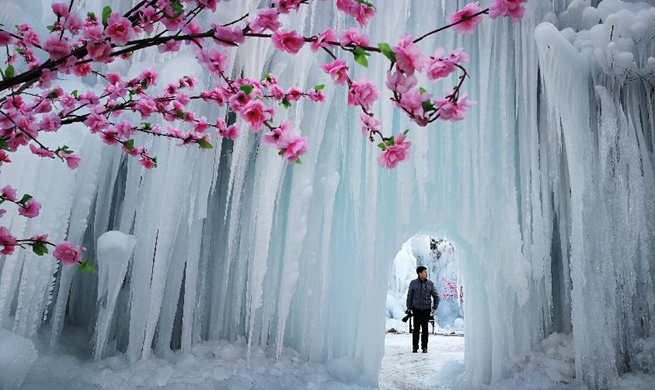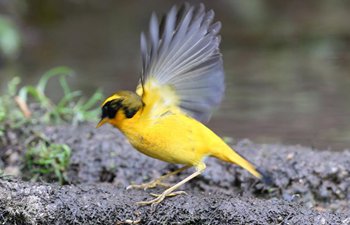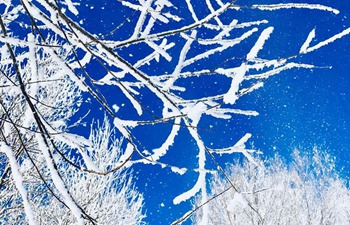CHICAGO, Dec. 22 (Xinhua) -- A list of all known vascular plant species in the Americas, containing nearly 125,000 species representing one-third of all known vascular plants worldwide published on Friday in the journal Science.
The plant checklist includes 124,993 native vascular plant species, which corresponds to one-third of the estimated 383,671 vascular plant species known worldwide. The members of this flora, which includes flowering plants, gymnosperms, ferns, horsetails, clubmosses and spikemosses, are categorized into 6,227 genera and 355 families.
The study shows that most of the Western Hemisphere's plant diversity is in South America. Brazil has the most diverse flora, with 33,161 species, followed by Colombia, 23,104; and Mexico, 22,969.
The most diverse plant family in the Americas is Orchidaceae, the orchid family, with 12,983 species. It is followed by Asteraceae, 12,043 species, a family that includes everything from garden ornamentals such as daisies, marigolds and zinnias to economically important food crops such as artichokes, lettuce and sunflowers.
The West Indies has the highest level of endemism of the areas: 67 percent of West Indian vascular plant species are found nowhere else in the Americas.
Of the 124,993 native species in the Americas, 122 of them occur in all 12 of the countries and regions considered in the study, from Canada and the United States south to Chile and Argentina.
Over the past 25 years, the rate at which new plant species descriptions are added has averaged 744 annually for the Americas. At that rate, the total will reach about 150,000 by 2050, according to the authors of the Science paper.
"This is the first time we have a complete overview of the plants of the Americas," said lead author Carmen Ulloa Ulloa of the Missouri Botanical Garden. "It represents not only hundreds of years of plant collecting and botanical research, but 6,164 botanists who described species that appear on this list."
The Missouri Botanical Garden is now working with more than 40 other institutions on a larger project known as the World Flora Online. The goal is to fully document all known plant life by 2020.

















